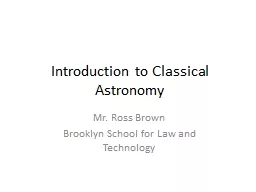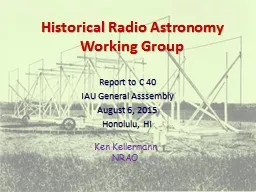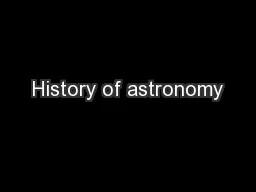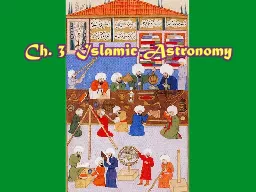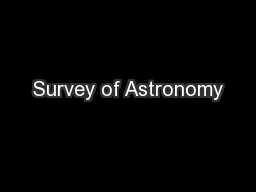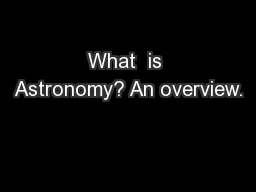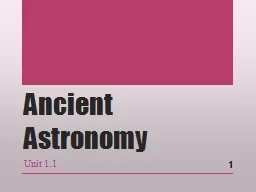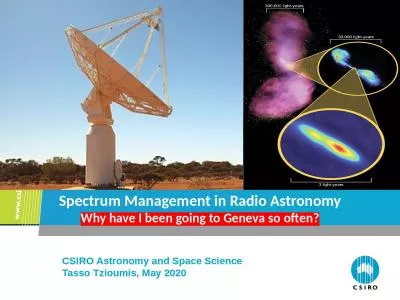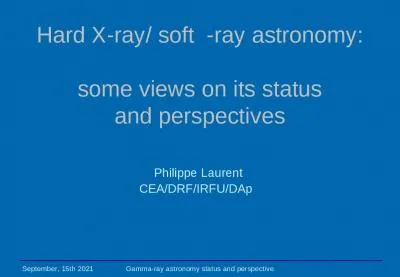PPT-Introduction to Classical Astronomy
Author : tatyana-admore | Published Date : 2017-03-20
Mr Ross Brown Brooklyn School for Law and Technology Aim How did early astronomers study our universe 21 March 2016 Do now What evidence do you have that our Earth
Presentation Embed Code
Download Presentation
Download Presentation The PPT/PDF document "Introduction to Classical Astronomy" is the property of its rightful owner. Permission is granted to download and print the materials on this website for personal, non-commercial use only, and to display it on your personal computer provided you do not modify the materials and that you retain all copyright notices contained in the materials. By downloading content from our website, you accept the terms of this agreement.
Introduction to Classical Astronomy: Transcript
Download Rules Of Document
"Introduction to Classical Astronomy"The content belongs to its owner. You may download and print it for personal use, without modification, and keep all copyright notices. By downloading, you agree to these terms.
Related Documents

